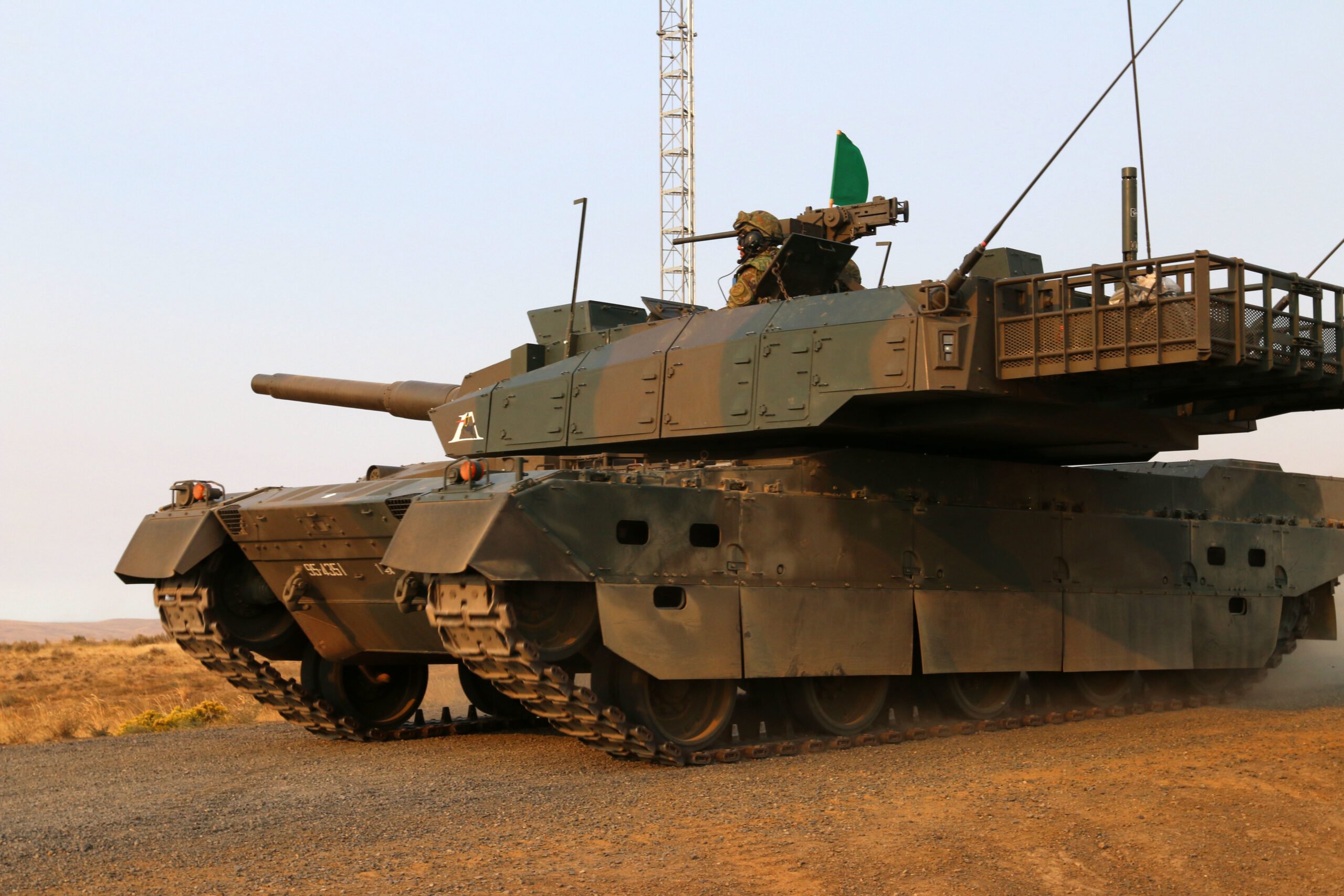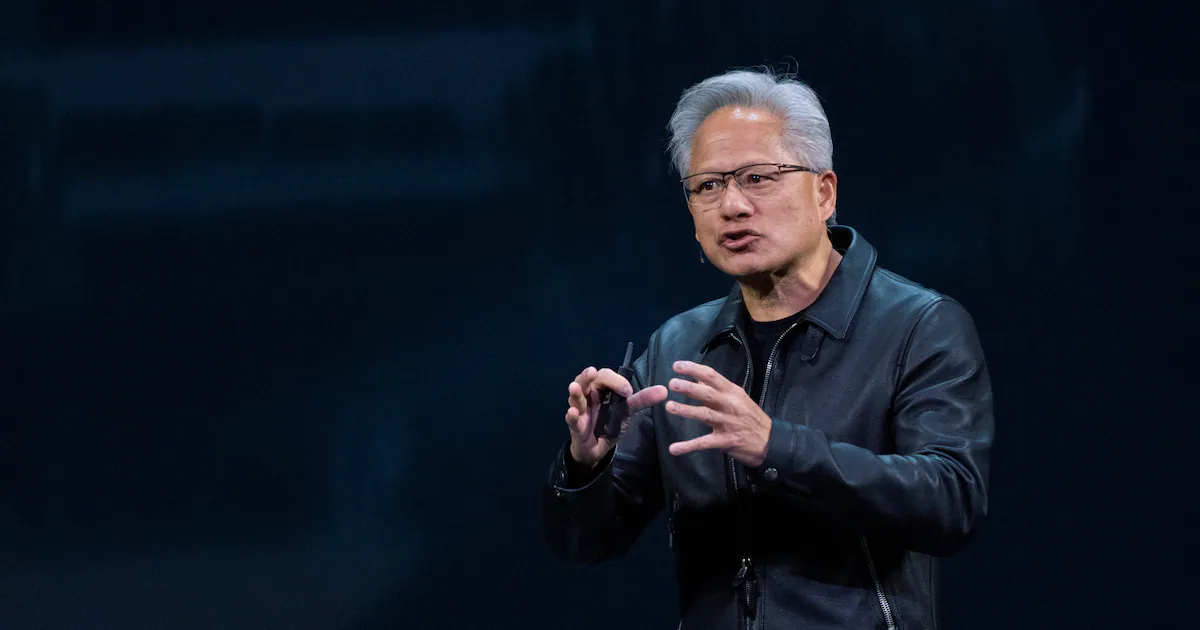Copyright defence-blog

Japan’s Defense Minister Shinjiro Koizumi has suggested that Tokyo may move toward easing restrictions on the export of defense equipment to nations involved in armed conflicts, signaling a potential policy shift in the country’s long-standing arms transfer framework. Speaking on October 27 during a YouTube program titled “Sokomade Kikitai!!” hosted by Osamu Sorimachi, Koizumi said, “We must move forward concretely through future discussions,” when asked about his stance on defense export regulations. His remarks hinted at possible adjustments to Japan’s Three Principles on Transfer of Defense Equipment and Technology, which currently prohibit exports to countries classified as parties to ongoing conflicts. Under the existing framework, Japan restricts defense equipment exports to cases involving United Nations Security Council action for the maintenance or restoration of international peace and security. Previous Diet records identified North Korea during the Korean War and Iraq during the Gulf War as conflict parties, making them ineligible for Japanese defense exports. The government has stated that Ukraine, under Russian invasion, does not fall into this category. Japan’s Defense Minister Shinjiro Koizumi Koizumi’s comments come as the ruling Liberal Democratic Party (LDP) and Japan Innovation Party (Ishin no Kai) have agreed to remove the current export restrictions—known as the five non-lethal categories—during the 2026 regular Diet session. These categories presently limit exports to equipment for rescue, transport, warning, surveillance, and mine-clearing, excluding weapons with offensive or lethal capabilities. On October 22, Koizumi told Defense Ministry personnel he had called for an active review of the export system, emphasizing that he was seeking “positive discussions on the revision of export regulations.” He expressed clear intent to abolish the five-category framework, describing defense equipment exports as “an important policy tool to create a desirable security environment for Japan.” He added that building a sustainable defense industry is central to Japan’s long-term security strategy, noting, “It is natural to make every effort to fulfill promises made between political parties.” The minister reaffirmed his commitment to “advance efforts toward establishing a sustainable defense industrial base.” The discussion over export reform has accelerated following the withdrawal of the Komeito Party from the ruling coalition, which had been reluctant to ease restrictions. With that political barrier removed, officials inside the Defense Ministry expect the review process to gain momentum. The joint policy agreement between the LDP and Japan Innovation Party also references potential technological innovation in submarine propulsion systems, leaving open the possibility of using nuclear power in future designs. When questioned on the issue, Koizumi said Japan would “consider measures to enhance deterrence and response capability without excluding any options.” The defense minister also addressed Japan’s security policy documents, saying revisions are under consideration following Prime Minister Sanae Takaichi’s directive to accelerate updates. The documents outline planned equipment acquisitions and defense spending targets through fiscal year 2027.



